Introduction of oilseeds
Vegetable oil holds significant importance in our daily lives, particularly in cooking, baking, and food processing. Palm oil, known for its versatility, is even utilized in shampoo for its smoothing properties. The image below illustrates the varying oil contents of different oilseeds. Notably, commonly used oils like peanut, sunflower seed, and sesame seed boast high oil content exceeding 45%. In the case of oilseeds with lower oil content, such as soybean and rice bran, solvent extraction is typically employed to obtain the oil.
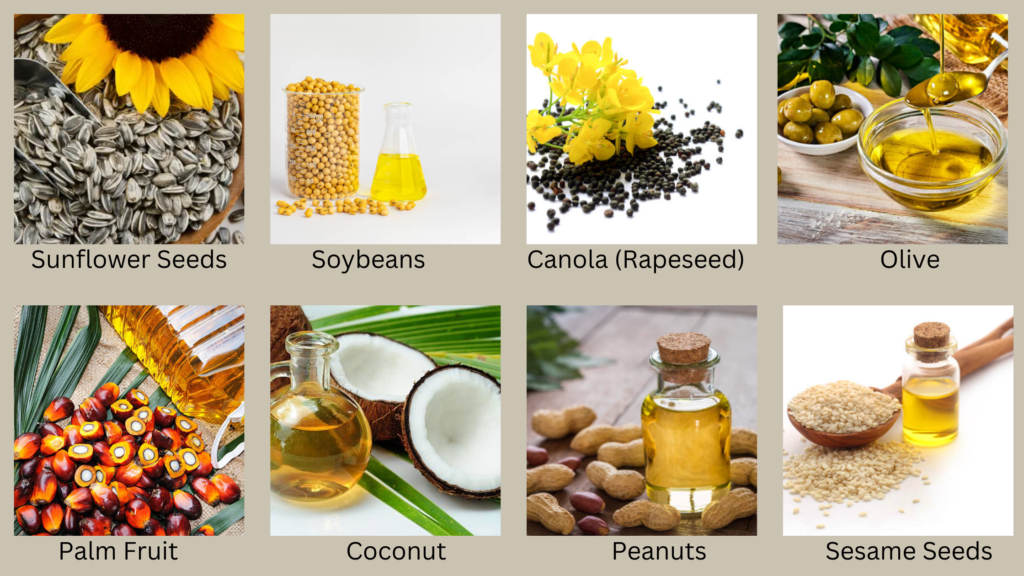
Table of Contents
Sunflower Seeds
Sunflower seeds are a rich source of oil, with a content ranging from 40% to 50%. The oil extracted from these seeds is commonly used for cooking and in the production of sunflower oil. Sunflower oil is known for its light flavor and high smoke point, making it suitable for various culinary applications, including frying and salad dressings. Sunflower seeds are also popular as a snack, and their oil is valued for its heart-healthy properties due to its high content of unsaturated fats, particularly linoleic acid.
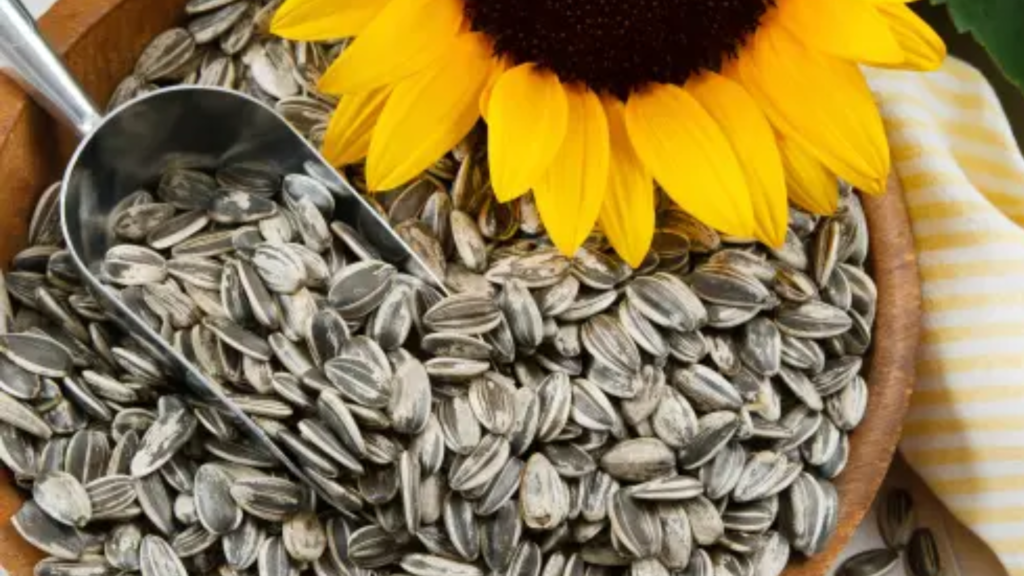
Soybeans
Soybeans have one of the highest oil contents among oilseeds, ranging from 18% to 20%. Soybean oil is a versatile cooking oil widely used in various food products, including margarine, salad dressings, and frying. In addition to its culinary uses, soybean oil is a significant component in the production of industrial products such as biodiesel. Soybeans are also a crucial protein source, as the remaining meal after oil extraction is used for animal feed and various food products.
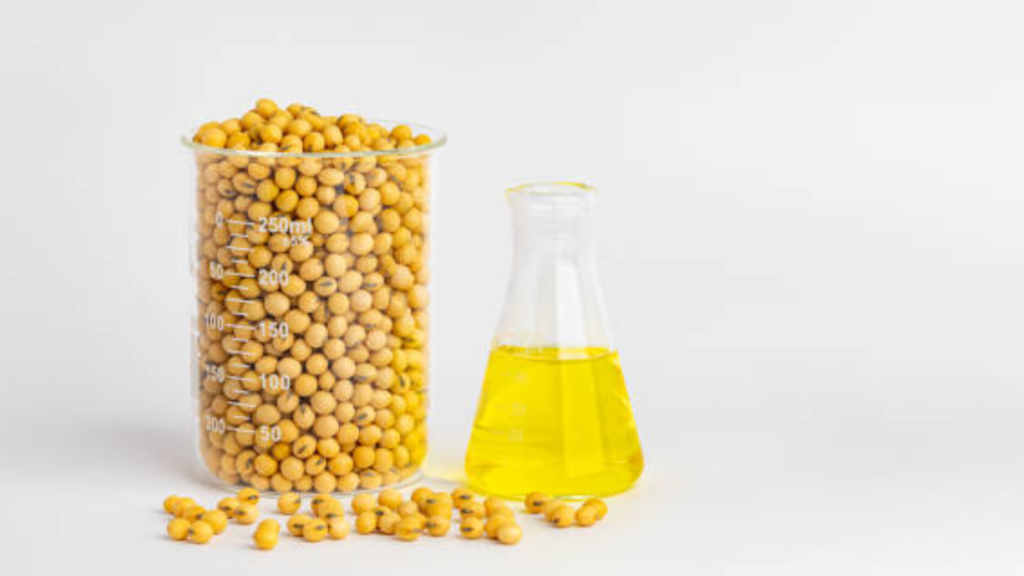
Canola (Rapeseed)
Canola seeds have an oil content of approximately 35% to 45%. Canola oil is known for its low saturated fat content and high levels of heart-healthy monounsaturated fats and polyunsaturated fats, including omega-3 fatty acids. This makes canola oil a popular choice for cooking and frying. Canola is a cultivar of rapeseed that was developed to reduce levels of erucic acid and glucosinolates, making it suitable for human consumption.
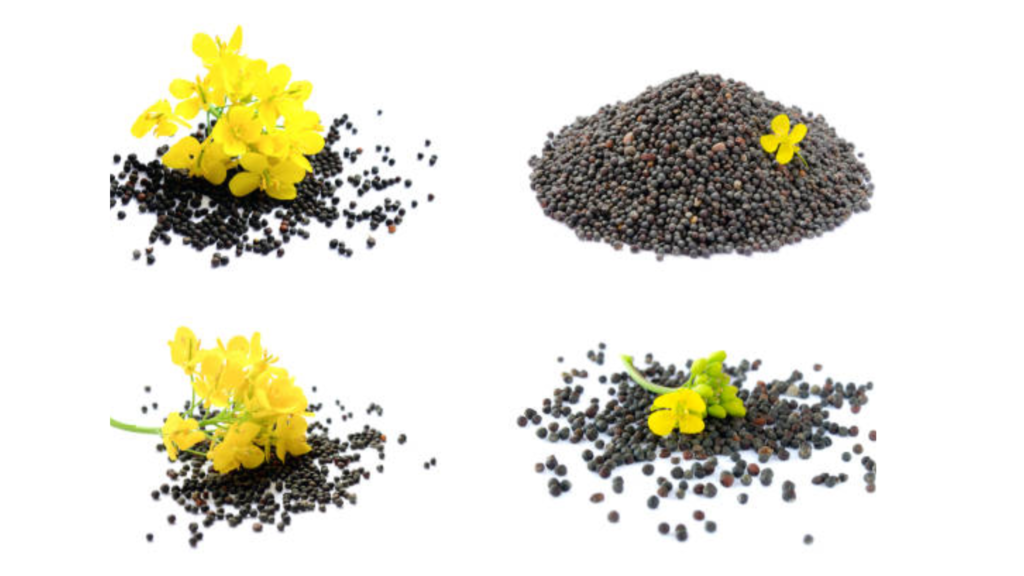
Olive
Olives, the fruit of the olive tree, contain an oil content ranging from 20% to 30%. Olive oil is a staple in Mediterranean cuisine and is celebrated for its flavor profile and health benefits. It is rich in monounsaturated fats, antioxidants, and vitamins. The oil is extracted through pressing or centrifugation methods. Extra virgin olive oil, considered the highest quality, is obtained from the first cold pressing of the olives, preserving its natural flavors and nutritional qualities.
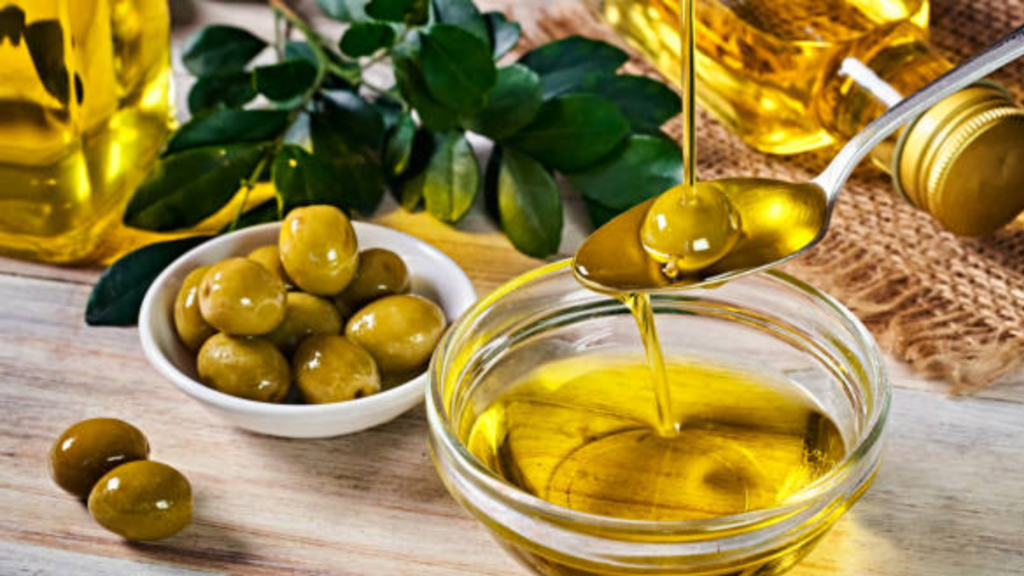
Palm Fruit
Palm fruit, widely cultivated in tropical regions, has an oil content of around 50%. Palm oil is a versatile cooking oil used globally and is also found in a wide range of processed food products, cosmetics, and industrial applications. The oil has a reddish color due to its high beta-carotene content. Palm oil production, however, has faced criticism for environmental and social concerns, including deforestation and issues related to labor practices
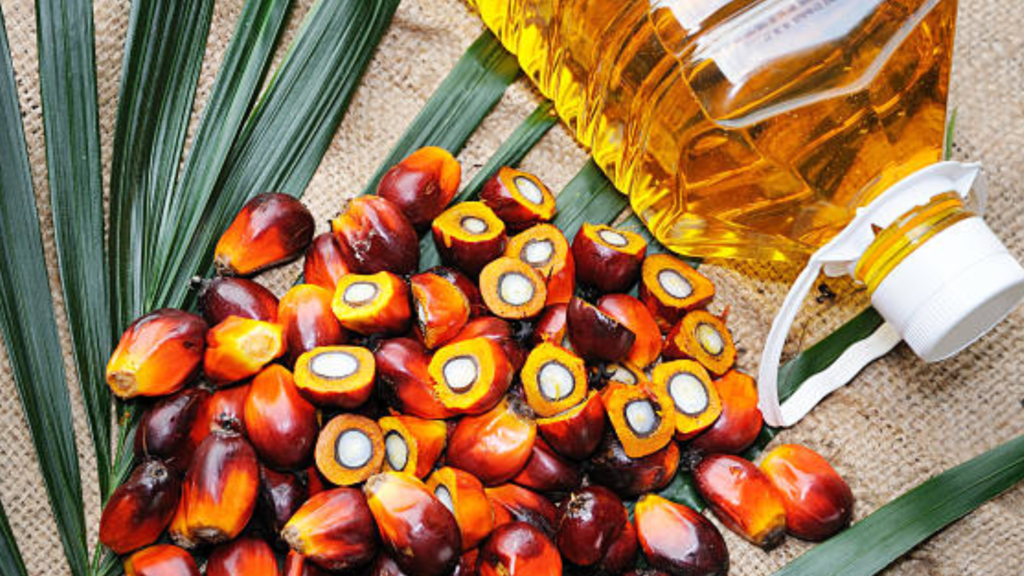
Coconut
Coconuts are renowned for their high oil content, typically ranging from 60% to 70%. Coconut oil is a popular cooking oil in many tropical regions and has gained global popularity for its unique flavor and versatility. It is used in both culinary and cosmetic applications. Coconut oil is composed mainly of saturated fats, but it also contains medium-chain triglycerides (MCTs), which are believed to offer certain health benefits. In addition to cooking, coconut oil is used in skincare and haircare products.
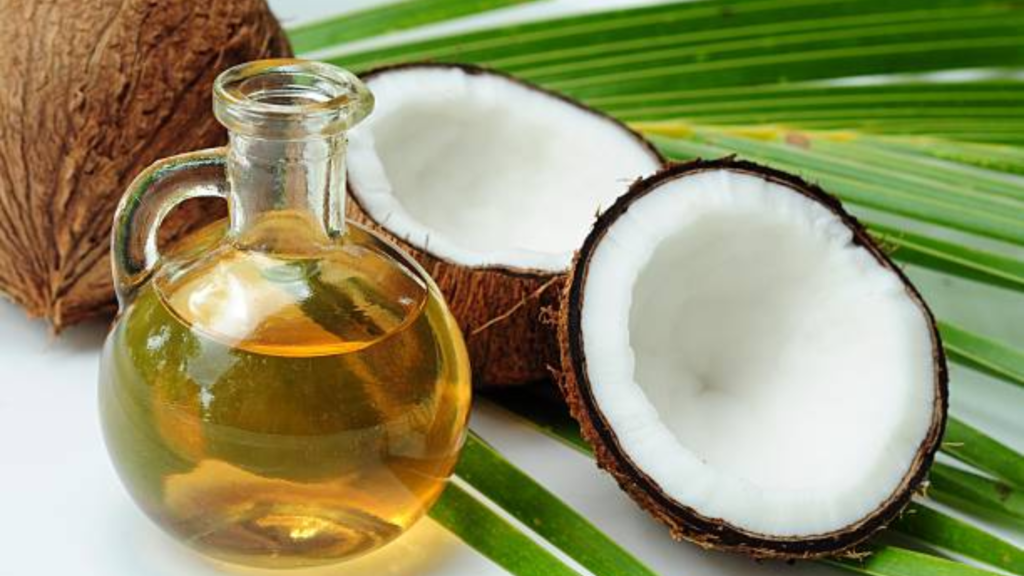
Peanuts
Peanuts, or groundnuts, have an oil content of roughly 40% to 50%. Peanut oil, known for its mild flavor and high smoke point, is commonly used in cooking, especially for frying and sautéing. Peanuts are also consumed as a snack and are a rich source of protein. Peanut oil is often used in Asian and African cuisines for its distinctive taste.
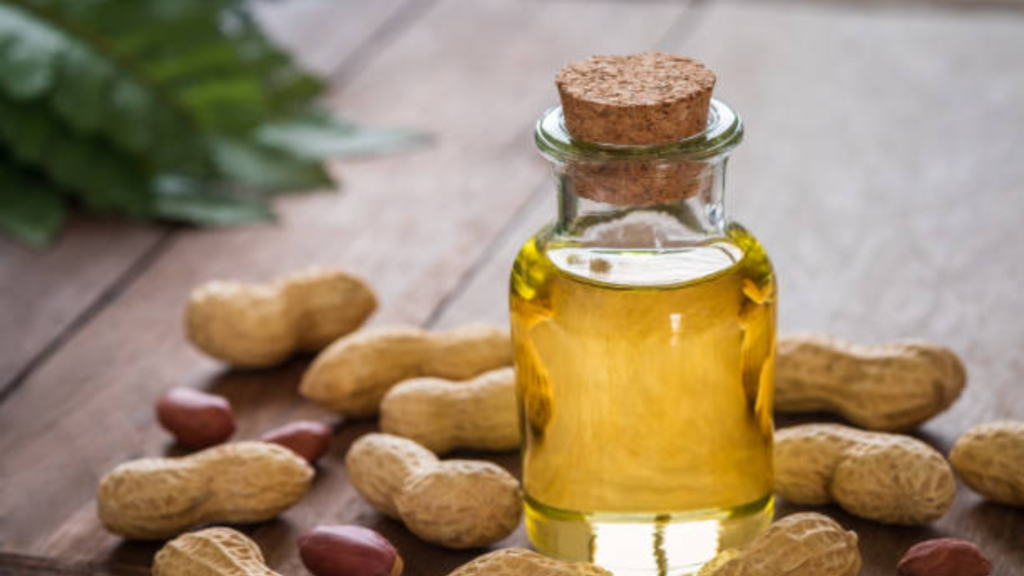
Corn (Maize)
Corn oil is extracted from the germ of corn, and its oil content is around 3% to 5%. While the oil content is relatively lower compared to some other oilseeds, corn oil is still widely used in cooking, especially for frying and salad dressings. Additionally, corn oil is used in the production of margarine and various processed food products. Corn itself is a major cereal crop, with diverse uses in food, animal feed, and industrial applications.
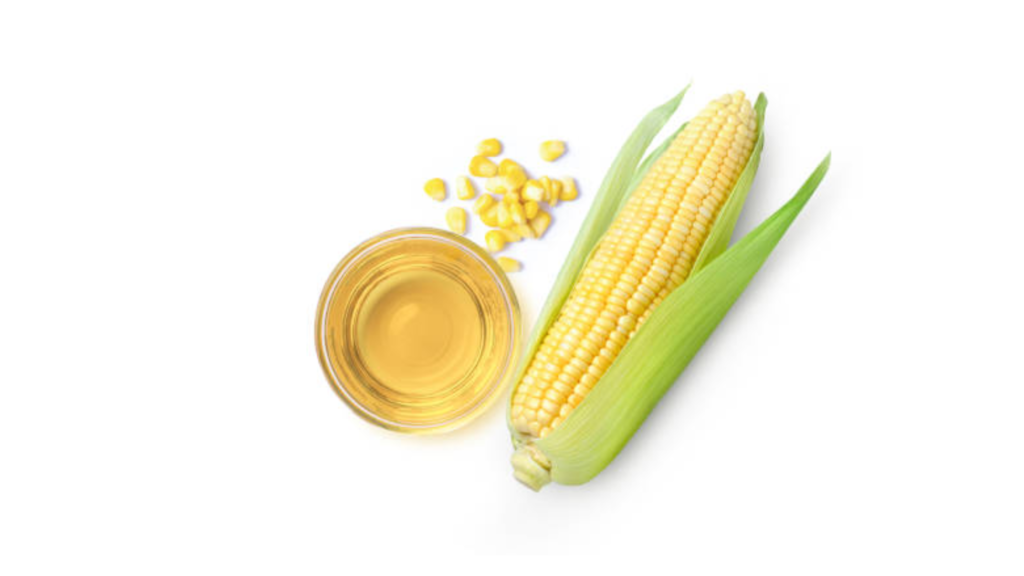
Sesame Seeds
Sesame seeds have an oil content of about 45% to 50%. Sesame oil, derived from these seeds, is known for its distinctive nutty flavor and is commonly used in Asian and Middle Eastern cuisines. It has a high smoke point, making it suitable for stir-frying and deep-frying. Sesame oil is also valued for its antioxidant properties and is used in traditional medicine in some cultures. Additionally, sesame seeds themselves are widely used as a topping for bread and baked goods, as well as in the production of tahini, a staple in many cuisines.
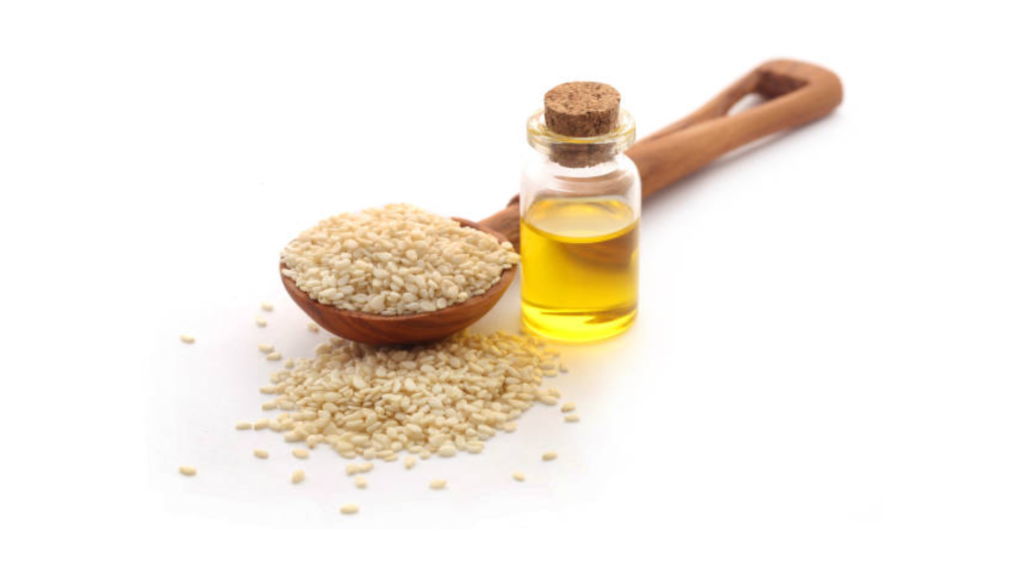
More information Soybean Oil Production ProcessEdit